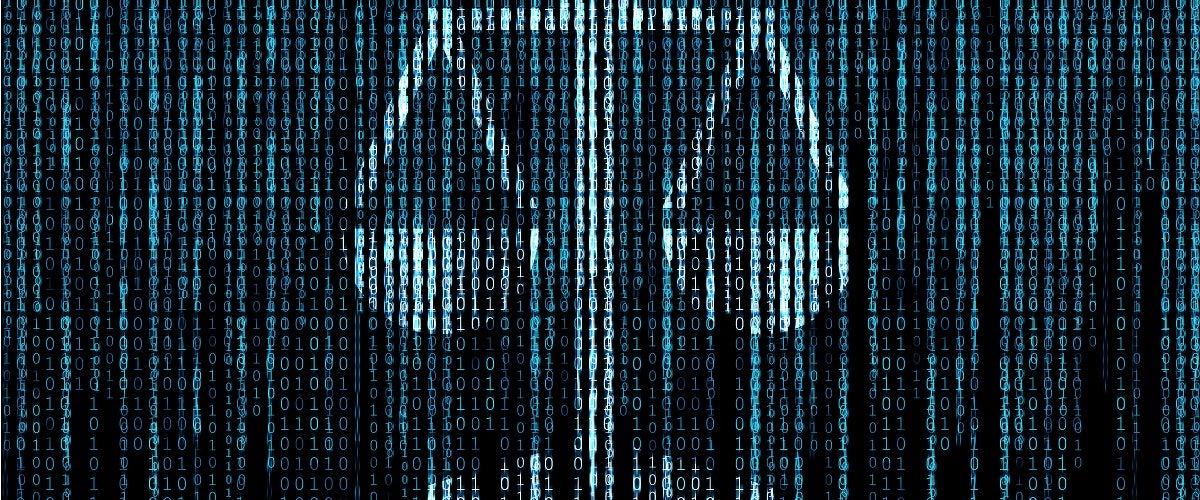
Maura Grossman, research professor in the David R. Cheriton School for Computer Science and eDiscovery attorney and consultant in New York, addresses this need using artificial intelligence. Grossman developed a machine learning system for legal document review and electronic discovery. Compared to exhaustive manual review by humans, her technology-assisted review system (TAR) yields superior results.
TAR's learning algorithm analyzes features of training documents previously classified as relevant by counsel in order to classify an entire collection of documents. To be most effective, TAR needs a protocol to determine how the learning algorithm is applied to select legal files for review.
Grossman proposes that the continuous active learning (CAL) protocol gives the best results and should be used above both simple active learning (SAL) and simple passive learning (SPL) protocol options. CAL is not only simpler, it achieves better results using less time and review effort.
The protocol works by modifying each query based on feedback from previous searches. In a typical search, counsel begins with a keyword query to would identify a batch of documents from the full dataset for review. Upon their review, counsel provides feedback to the system on whether or not the documents are relevant to the case. The machine learning algorithm uses this feedback as directive to determine which characteristics of the two documents make one relevant and another irrelevant. It may infer what specific references outside of keywords signify relevance based on the context of previous relevant documents.
CAL provides the next most-relevant document to counsel and continues in this way learning from its poor choices and getting more refined with each subsequent search. It explores the boundaries of relevance until all avenues of potential relevance have been exhausted.
Pairing Grossman's TAR with the CAL protocol has been shown to be more effective than other TAR protocols, and especially better than manual review. Additionally, counsel can opt to add in any documents identified as relevant in the validation process with ease. The reviewing lawyer simply resumes the CAL search including the newly-identified documents as additional relevance-feedback training.
This novel advancement in legal technology saves lawyers’ money, time, and energy – which in turn saves their clients all three. Any company that touches the legal system desires the most effective, efficient, and expeditious option for their legal counsel.